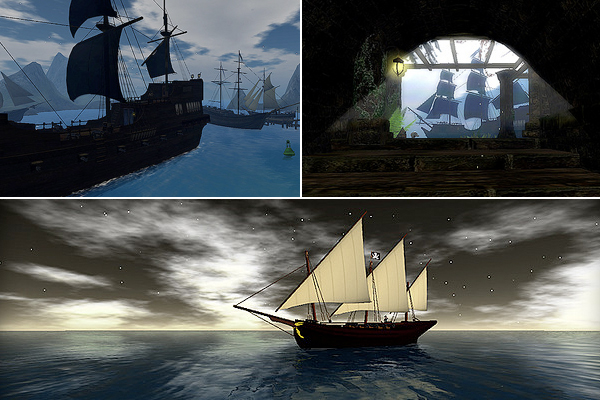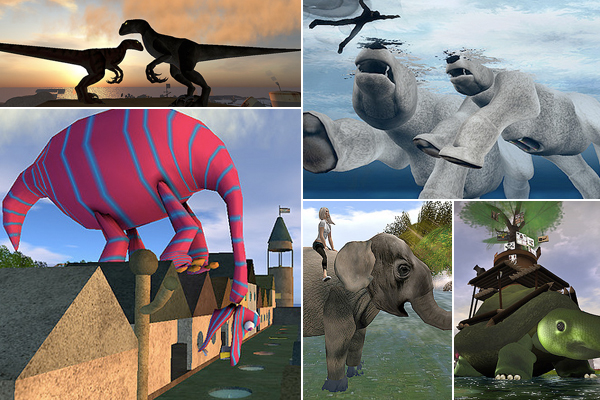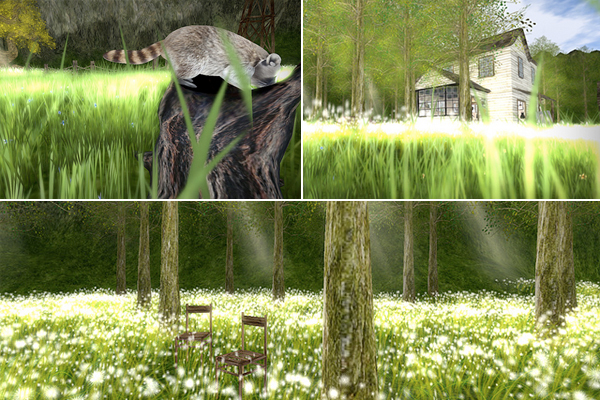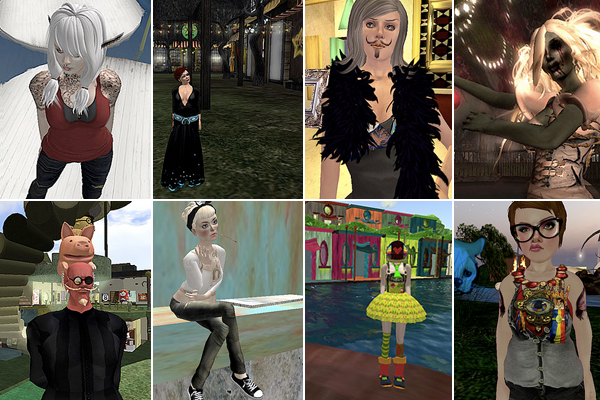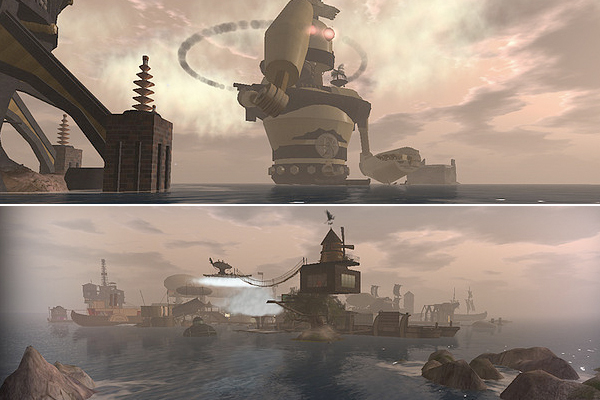Virtual Photography
For several years, in my off-hours, I was an active resident of an online virtual world that focused on user-created content. Unlike a video game, this environment was chiefly a creative playground with several highly competitive design and photography communities. Individual content creation opportunities allowed users to hone artistic and technical skills. In addition to being an active community leader/developer, I held my own in a thriving inworld marketplace economy as the owner of two small businesses and a blogger paid to showcase new content.
These images showcase just a few of the thousands of photographs I took during my time inworld. There is little permanence in a virtual environment and my photos of people and places document just a small chunk of these amazing visuals, many of which have now disappeared forever. Talented artists and builders created not only fantastic physical spaces, but expressive and unique avatars. Many of my photos were avatar portraits. Many were photos of popular builds, which involved competition with other photographers to see who could capture the best angles, use the most atmospheric digital settings for clouds and water, or create the most narrative scene with props and/or people. It was a constant creative exercise.
Why I got involved: I have always been interested in the potential of virtual worlds since becoming involved in an educational MOO in the early 90s. Virtual environments can be fascinating experiments in new ways of teaching and storytelling — two things that are often key elements of design. For a few years in the late 2000s, virtual worlds were seen as exciting new frontiers. I became involved in the virtual world showcased in the photos above after reading about it in a web design industry magazine. The dream was that new clients would say, “I need a logo, a website and a virtual presence” in order to forward their business/product/organization. Some businesses did, in fact, dabble in virtual worlds — American Apparel sold pixel versions of their clothing, several car companies offered inworld test drives of actual vehicles, and most major universities built virtual campuses. When I joined up, I focused on what I thought would someday be valuable to future clients: community development, inworld advertising/visibility, 3-D building and market awareness. I was also charmed by what I was seeing as far as inworld art — avatars using 3-D environments to take their real life art to new places.
Summary: It was a wonderful, enriching ride and I learned so much… but ultimately virtual worlds have not fulfilled their potential and are still far from mainstream success. I am still an advocate of virtual worlds as educational, artistic and storytelling platforms, and there are also some unique and liberating virtual opportunities for niche communities and for the disabled. I think someday virtual environments will integrate more successfully into the way we interact, learn and buy. For now, however, I’ve withdrawn from these types of environments to focus my creative energies elsewhere.


